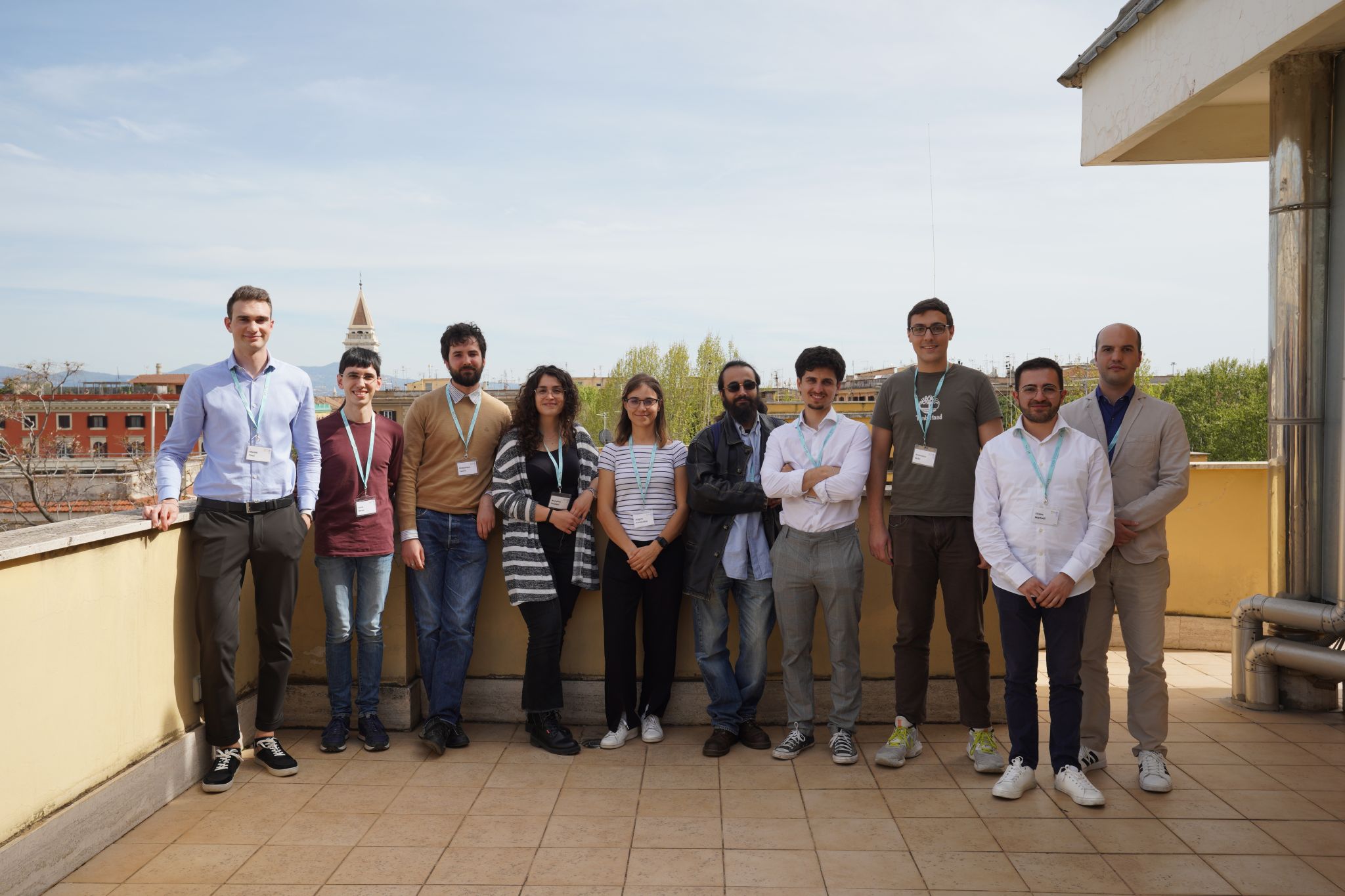GARR's Borsisti Day 2024-04-09
Apr 12, 2024 - ⏱️ 2 minutes to read
On the recent Tuesday, I joined my tutor, Luca Alessandrì, at GARR's Borsisti Day. It marked my inaugural presentation of "CREDO", the bioinformatic-oriented project I'm working on under my research fellowship.
The project CREDO is an open-source platform designed to simplify the management of bioinformatics environments. The platform is built using containerization technology, specifically Docker, to provide a consistent and reproducible environment for researchers. The main goals of CREDO are:
- Modularity: The platform is designed to be modular, allowing users to easily swap out different components or add new ones as needed.
- Interoperability: CREDO aims to be interoperable with existing bioinformatics tools and platforms, making it easy for researchers to use the platform alongside their existing workflows.
- Accessibility: The platform is designed to be accessible to researchers with varying levels of experience in bioinformatics, including those who are new to the field.
- Reusability: CREDO aims to be reusable across different projects and experiments, reducing the need for duplicated effort and increasing efficiency.
- Documentation: The platform includes detailed documentation to help users understand how to use it effectively.
- Community involvement: The project is open-source, and the development team is committed to contributing to other open-source projects in the bioinformatics community.
- Security: The platform includes security features such as encryption and secure authentication to protect user data and prevent unauthorized access.
- Customization: Users can customize the platform to meet their specific needs and requirements.
- Support: The development team is committed to providing ongoing support and maintenance for the platform, ensuring that it remains up-to-date and relevant over time.
The platform consists of several core technologies, including:
- Registry pattern: CREDO uses a registry pattern to manage the configuration of the platform, allowing users to define their environment once and reuse it across different experiments and projects.
- Go programming language: The platform is built using the Go programming language, which provides lightweight threads (goroutines) for parallel processing and a robust channel framework for communication between processes.
- YAML configuration files: CREDO uses YAML configuration files to define the environment and manage changes to it over time.
- Package manager integration: The platform includes integrations with popular package managers such as PIP, CRAN, and APT, making it easy for users to install and manage software packages.
Future improvements:
- Event listening: CREDO can listen to events on the user's file system, allowing it to automatically detect changes to the environment and update the platform accordingly.
- User feedback: The development team is committed to gathering feedback from users to improve the platform over time and ensure that it meets their needs and requirements.
 Picture courtesy of GARR
Picture courtesy of GARR
It was an amazing, kinda warm, networking day (pun not intended) and I can't wait to meet all those bright people again!